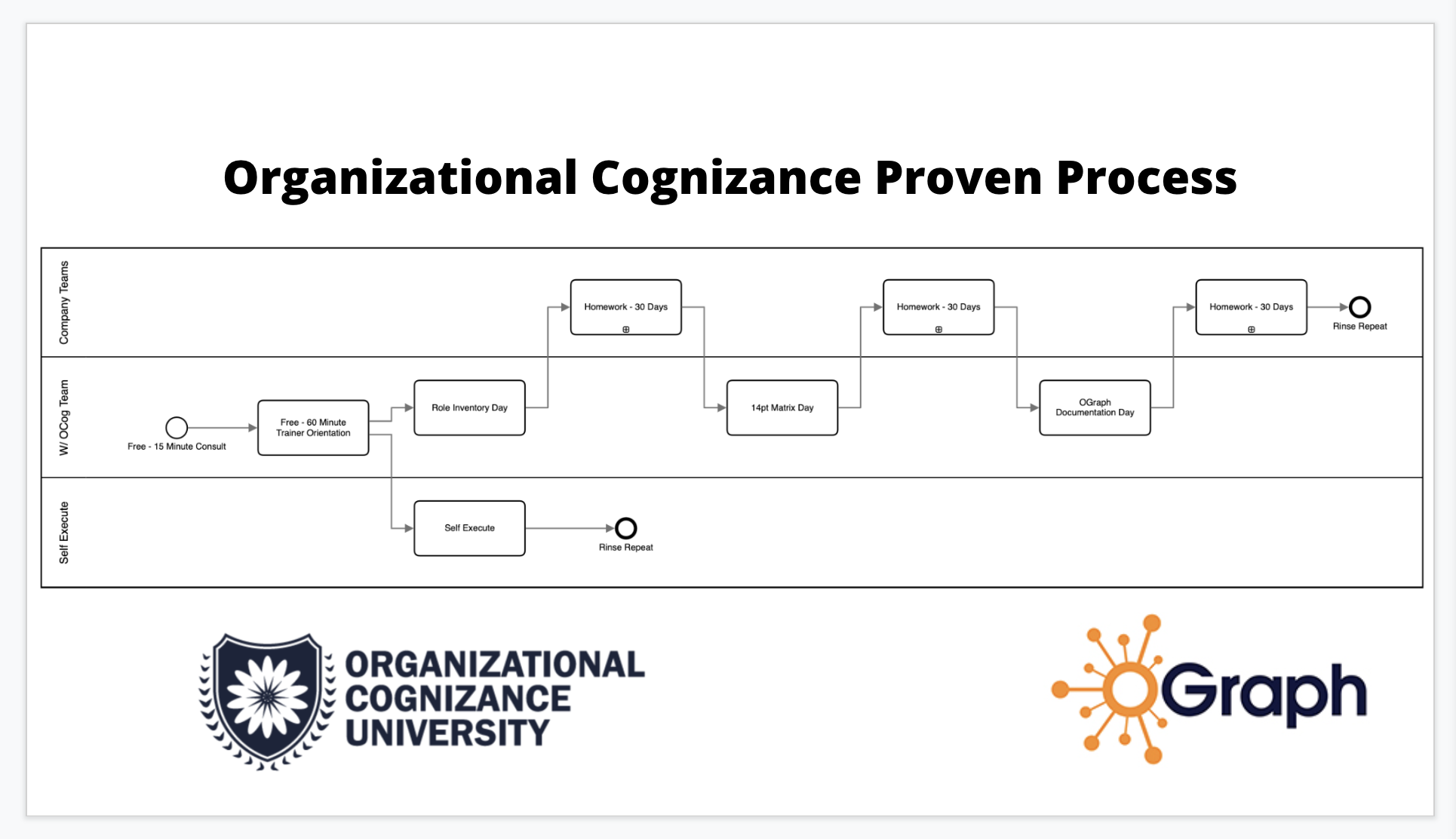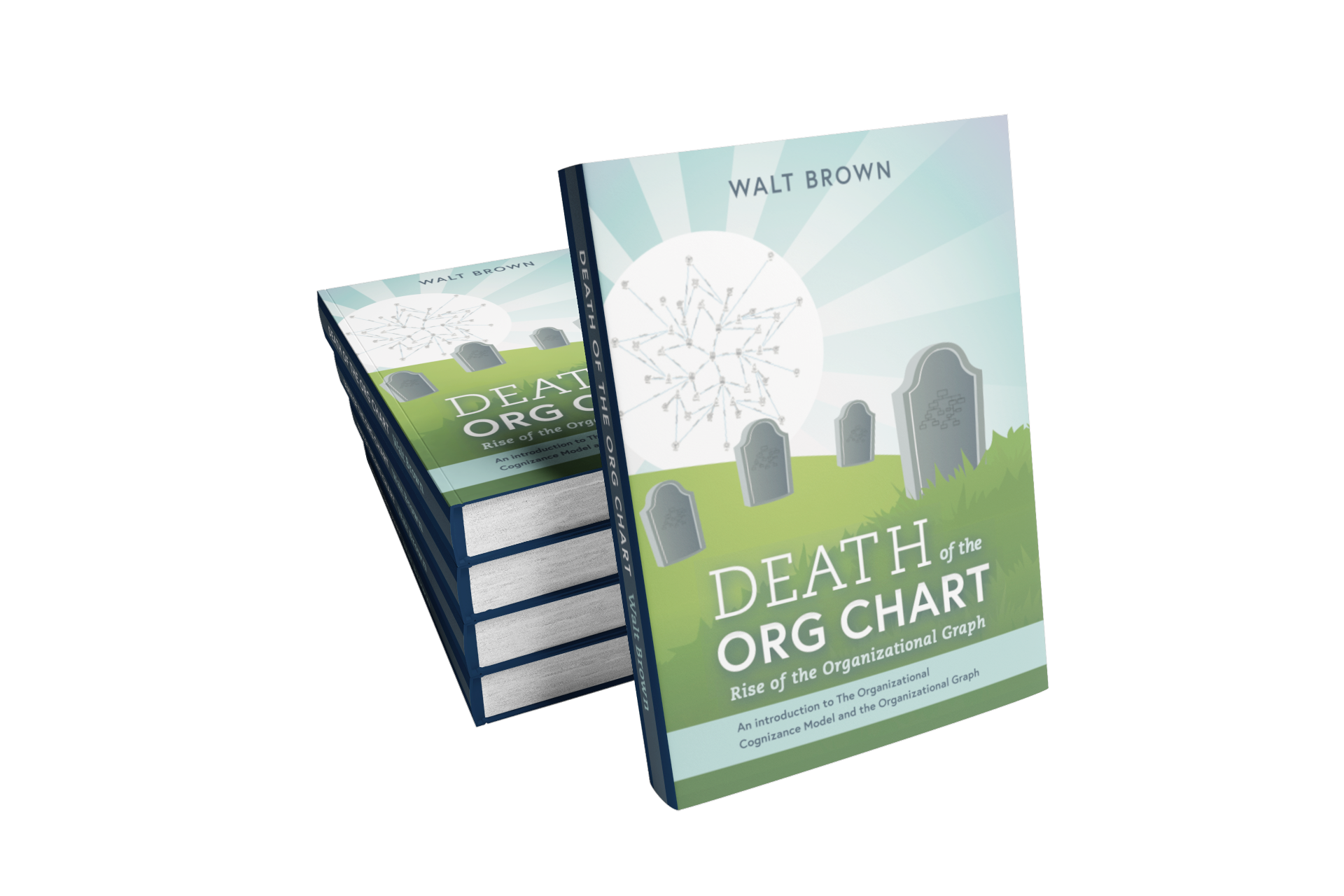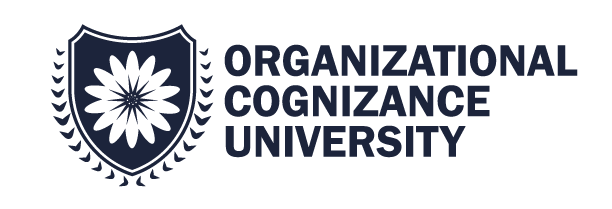Restructure or Recalibration, which is it?
By Walt Brown – Restructure Expert – Veteran of 200+ Corporate Reorganizations – June 2022
Are you thinking you need a restructure or a reorganization?
If so, let’s stop for a minute, get out of the day to day, lift up above the business, look down and gain some perspective.
Prime directive #1 – Structure first, People Second. We determine the right structure first, then we look at our people and how they fit into this right structure.
Prime directive #2 – The answer is in the room. 90% of the time when you group up as an internal team you will have the knowledge and brainpower to get this work 95% correct. It is rare that an outside consultant with “knowledge of your industry” adds anything of significant value. However, it is a best practice to start with a teacher / facilitator to teach your company how to do this work, that is me and my team.
Prime directive #3 – Two simple perspectives: Thinking or Doing? You have two sides of the organizational coin, two groups of interconnected, inseparable issues, both will need to be worked on, yet, one is more urgent than the other. Thinking or Doing.
Which one is it for you?
I teach my clients to use the phrases “Accountable for Thinking” and “Responsible for Doing”.
Typically, a Restructure is when you have leaders and managers who you feel are incapable of, or do not want to be accountable for the thinking that needs to go on to move your organization forward. The big problem here is the word feel. We are talking about big adjustments and you are going on gut, well, you don’t have to. I’ll address this in a minute.
A Recalibration on the other hand, is when execution seems to be suffering, things are slipping through the cracks, morale and engagement are down, it feels slow and sluggish. This is because your organization has gotten out of calibration, things are not aligned like they used to be, how work gets done is foggy, who is responsible for doing what is wobbly, we need a recalibration.
Prime Directive #4 – For both scenarios, the answer is in defining super clear Roles. Nomenclature – A person owns a Job that is made up of Roles. Roles have responsibilities and/or accountabilities. Unclear Roles is where your thinking and doing problems occur, at the Role level.
Example: Real fast, tell me what a “Director of Marketing” is accountable for thinking about and responsible for doing? Well?
I cannot tell you how many times over the years that we have encountered new “Directors of Marketing” who aren’t clear what actual work, accountabilities and responsibilities, that amorphous title entails.
When, however, we break the “Job” listed on the old Org Chart down into Roles, clarity starts to emerge.
The Job of one of our client’s Marketing Directors includes these Roles:
-
-
- Marketing Strategy for New Leads, (thinking)
- Marketing Strategy for New Hires, (thinking)
- Product Positioning, (thinking)
- Copy Editor, (thinking and doing)
- Art Director, (thinking and doing)
- Online Advertising Coordinator, (mostly doing)
- Brand Positioning Cop, (thinking and doing)
- Supervisor / Mentor / Coach. (doing)
-
Each Role will have its own Purpose Statement. “The purpose of Role X is….”
The Role of “Online Advertising Coordinator” implies that the owner of this Role knows something about search engine optimization, Google AdWords, and a range of Internet ad platforms. Depending on priorities, long-term Objectives might include things like maximizing our website experience or online sales, and Key Results will likely be measured in the short term by page views, click-throughs, monthly online revenue, etc.
Hopefully this example gives you the idea – the answer is in defining Roles that are functions of a Job.
Restructure – How to do this – create Thinking Role clarity. The Cracking Eggs, Pulling Teeth and Making Omelets™ exercise.
For thinking Roles at your leadership and management levels we gather teams together and ask a simple question. “In order for this company or department to function and thrive, what has to be constantly thought about every second, every minute, every hour, every day, every week, every month, every quarter, every year. You get the picture. We make lists and we sort these lists into groups i.e. Roles then we name the Roles and write Purpose Statements.
Once we have Roles defined, we map them to the other parts of the OCog model using the 14 Point Checklist and this gives a super clear picture for the Role owner as to what they are accountable for thinking about.
Eliminating the Feel.
Then we ask: “who owns this Role” and does this person GWC™** the Role? Do you Get this Role? i.e. Are you capable of doing the thinking that it requires? Do you Want this Role, deep in your heart, is this something you are passionate about? And last do you have the time Capacity to do what is required for this Role? With clear Roles and yes or no to G – W and C you will have a clear picture about your correct moves… no more feel.
You can learn about Cracking Eggs, Pulling Teeth and Making Omelets by calling me or, reading my book or by going to OCU for on-line training.
Recalibration – How to do this – create Doing Role clarity. The Flower Power™ exercise.
For your doing Roles we gather groups of people together that are in essence doing the same Job with similar or same Roles. We run an exercise called Flower Power where the goal is to create, at a granular level, everything an individual is doing and thinking about as part of their Job. We ask the question like this: “Everyone, let’s focus on John and John’s Job – I want you to make a list of everything you can think of that John is doing or should be doing to fulfill the purpose of his Job every second, minute, hour, day, week, month, quarter, year – be granular, do not group, just brain dump on to your list.”
The we take these lists and do a real-time sort on a white board to create the Roles. We name the Roles, write Purpose Statements. Then we tie each Role to the elements in the 14 Point Checklist. This is the recalibration – everything gets back out in the open and linked back together.
We have eliminated the fog, created cognizance.
Finally, we do the GWC** exercise with the individuals who own these now visible Roles to determine where we have training, desire and capacity gaps / roadblocks.
Fix this and you are recalibrated.
Feel free to reach out with any questions, or take advantage of my free book offer, just scroll down.
Best,
Walt
walt@organizationalcognizance.university
Quick context note: I am not practicing on you. Restructures, Reorganizations and Recalibrations have been my focus, my world for the last 14 years with over 220 clients served and over 1,400 session days with teams teaching them how to do this gutsy work. Yes, that is two full day sessions with Sr. Leadership teams on average per week.
I wrote a book on the subject – Death of the Org Chart – Rise of the Organizational Graph, I developed a state-of-the-art Org Graph software solution to capture and visualize the work https://ograph.io and created an online training platform https://ogranizationalcognizance.university.


Above is the OCog Proven Process. An outline of the steps you can take. First two steps free.
Modern day organizations are more complex than your org chart or employee directory can handle. You need more, OCM is your cognizance framework to vanquish this complexity, OGraph automates your work.
Cognizance: When an individual can understand and embrace these 14 things about their job, they become organizationally aware. When they can visualize these 14 points with an Org Graph, they become organizationally cognizant.
“Awareness is when you smell smoke, cognizance is when you know the smoke you smell is the smoke from the cozy fireplace in the den vs an electrical fire in the wall.” Walt Brown, OCM Creator, OGraph founder



Recent Comments